#PLC
Rare Rides Icons: The Lincoln Mark Series Cars, Feeling Continental (Part XIX)
When the Mark IV debuted in 1972, Lincoln’s personal luxury coupe was larger than ever before and had even more in common with its lesser sibling from Ford, the Thunderbird. As noted in our last installment, even the dashboards were identical between the two cars in this generation. The Mark IV’s debut appearance was short-lived, however, as the following year government legislation forced Lincoln’s designers and engineers to make some unfortunate-looking changes. Tell me, do you enjoy enormous bumpers?
Rare Rides Icons: The Lincoln Mark Series Cars, Feeling Continental (Part XVIII)
Cadillac led the charge into new Seventies-ready personal luxury coupes with their ninth-generation Eldorado in 1971. The following year, Ford followed suit with the Lincoln Continental Mark IV. Bigger and, in theory, better than its predecessor, it was also lesser in terms of Mark-specific sheet metal and quality interior amenities than the Mark III. The exterior of the new Mark IV was very similar to the Thunderbird since it shared a platform and the majority of its body panels. And those similarities continued right on into the interior.
Rare Rides Icons: The Lincoln Mark Series Cars, Feeling Continental (Part XVII)
With its splashy debut and immediate sales success, Lincoln’s Continental Mark II I personal luxury coupe offered up immediate and serious competition to the more established Cadillac Eldorado, which previously had the market all to itself. With its unique styling different from other Continentals and a more upscale interior, the Mark typically won in comparison tests published by the automotive press of the day.
Rare Rides Icons: The Lincoln Mark Series Cars, Feeling Continental (Part XVI)
The new Continental Mark III coupe was a smash hit at its debut in 1969. The Thunderbird-based design proved a cost-saving device for the Lincoln-Mercury Division and put the company’s revenue in the black for the first time in a while. After an exceptionally long model year in 1969, regulatory forces, trim edits, and cost-saving measures took place for the model’s second year in 1970. We covered the exterior changes last time, and today slide into bucket seats in our polyester suits.
Rare Rides Icons: The Lincoln Mark Series Cars, Feeling Continental (Part XV)
Much to the delight of accountants at Ford’s headquarters in Dearborn, the new Thunderbird-based 1969 Lincoln Continental Mark III was an immediate sales success. It was a case of the right product (a personal luxury coupe) at the right time. The Mark III went head-to-head with its rival and closest competition, the Cadillac Eldorado.
And though the Eldorado nameplate had a long history and was better established than the Mark, Lincoln’s offering topped the Cadillac in sales in its first year. Part of that was down to an exceptionally long first model year that padded the figures, but credit also went to the excitement generated by the Mark. Mark III was all new in 1968 (for the ‘69 model year), while the front-drive E-body Eldorado had been on sale since 1967. Though a few updates happened within its debut model year (that ran from March 1968 to December 1969), product vice president Lee Iacocca knew his pet project needed additional updates to keep consumer interest going.
Rare Rides Icons: The History of Stutz, Stop and Go Fast (Part XVIII)
We return to our historical Stutz coverage once more today and continue reveling in the four-door sides the neoclassical entity offered alongside the Blackhawk, its sole entree. In our past two installments, we covered the first two sedans offered by Stutz, the Duplex and the IV-Porte.
While the Duplex was a one-off and based on either a Cadillac Fleetwood or a Pontiac Grand Prix (it’s unclear), the IV-Porte traced its lineage very clearly to the B-body Pontiac Bonneville. Offered from 1979 to 1981, the IV-Porte found around 50 customers for its GM-adjacent and gold-plated styling. At the time of the Bonneville’s demise, Stutz was happy with the decent sales clip of the IV-Porte and was not about to go without a sedan offering. Enter Victoria.
Rare Rides Icons: The History of Stutz, Stop and Go Fast (Part XVII)
We’re back again with more Stutz history, and our coverage of the bric-a-brac produced by the Stutz Neoclassical company as complementary offerings to two-doors like the Blackhawk, Bearcat, and Bearcat II. In our last entry, we covered the Duplex, a sedan that (unsuccessfully) wore Blackhawk styling. Based either on a Pontiac or a Cadillac, the Duplex was the ultimate production version of the Ministeriale prototype sedan built by Carrozzeria Padane.
With an astronomical ask of $32,500 ($251,312 adj.) circa 1970 and styling that hadn’t translated well into a sedan, the Duplex was a non-starter. Just one was ever made, and it was sold to a criminal in Utah. But that didn’t deter CEO James O’Donnell, who was insistent a Stutz sedan was viable. A few years later there was another Stutz sedan presented: IV-Porte.
Rare Rides Icons: The History of Stutz, Stop and Go Fast (Part XVI)
We return to our long-running Stutz historical coverage today, with a few of the odds and ends vehicles that were never the headliners of Stutz’s brand portfolio. During the Seventies and Eighties, the Blackhawk and targa roof Bearcat funded some other fun ideas that occupied the thoughts of company CEO James O’Donnell.
In our last entry, we covered what was perhaps the strangest offering of the latter Stutz entity, a C/K era Suburban that concealed a mounted machine gun in its interior. The armored SUV was subsequently turned into a gun-free dictatorial parade sedan with targa roof, and a trunk. The be-trunked Suburban also donated its shape to an upright regular sedan and six-door funeral transport.
And while the Stutz Suburban takes were intended for foreign heads of state for security and coup d’etat purposes, the Stutz sedans were directed at the company’s more traditional American customer: Someone who feared no peasant uprising but did enjoy flashy styling and lots of elegance. Introducing the Duplex.
Rare Rides Icons: The History of Stutz, Stop and Go Fast (Part XV)
Last time in our tale of Stutz the company finally realized its dream of a true convertible, the Bearcat II. The original product dream of CEO James O’Donnell, the Bearcat II went on sale in 1987. Though the company’s fate was pretty much sealed by that time, Stutz had its heyday of models circa the early Eighties. Spoilers: Machine guns were involved.
Rare Rides Icons: The History of Stutz, Stop and Go Fast (Part XIV)
We return to our coverage of the reborn and neoclassically-focused Stutz Motor Company today, at a point of considerable change in the company’s model portfolio. “Portfolio” may be a bit generous, but for a few years the company did produce a handful of different models.
Since Stutz was relaunched in 1970 its main offering was the Blackhawk coupe, in both its original 1969 Pontiac Grand Prix basis and downsized B-body Pontiac Bonneville basis. But Stutz CEO James O’Donnell always wanted a true convertible in the Stutz lineup. That wish was finally realized with the Bearcat II.
Rare Rides Icons: The History of Stutz, Stop and Go Fast (Part XIII)
We pick up the Stutz story once again today after we reached the conclusion of the neoclassical Blackhawk coupe’s life in 1985. The coupe that sold so well in the Seventies with its exaggerated Exner styling was watered down considerably in the Eighties when it switched from its original 1969 Pontiac Grand Prix roots to those of a 1980 two-door Pontiac Bonneville.
However, even though the Blackhawk was the headline and best-known product from the Stutz neoclassical company, it was not the only car in the portfolio. First up: the Bearcat.
Rare Rides Icons: The History of Stutz, Stop and Go Fast (Part XII)
In our last entry in the Stutz saga, we covered the final few years of the Blackhawk that originated in 1971. Through various trim transformations and minor updates, the ’71 lived all the way through the 1979 model year. That final year it was also transformed into the very rare Bearcat targa convertible. But the winds of change were blowing: Detroit downsizing was already well underway, and Stutz was out of 1969 Pontiac Grand Prix platforms to use. The incredibly expensive Blackhawk sold roughly 350 examples in its first generation.
Because of domestic market downsizing, the contemporary G-body Grand Prix of 1980 wasn’t large enough for Blackhawk purposes. Instead, Stutz turned to the B-body platform, and specifically the Pontiac Bonneville’s two-door variant. And though it was marketed as a coupe by GM, the roofline was so formal your author would file it as a two-door sedan. In any event, the new hardpoints of the Bonneville meant considerable visual changes on the 1980 Blackhawk coupe.
Rare Rides Icons: The History of Stutz, Stop and Go Fast (Part XI)
We resume our coverage of Stutz today and pick up in the mid-Seventies. With the reborn brand’s personal luxury Blackhawk attracting the rich and famous from across the nation, Stutz attempted to keep the car fresh through visual edits every couple of years. In addition to the marketing appeal of a new “generation” Blackhawk, management was also able to cut costs: Split windshields became one-piece, and bespoke doors were replaced with those of a Pontiac Grand Prix.
All the while, the Blackhawk’s price continued to escalate and doubled by the end of its first decade. It was by far the most expensive American car on sale. We find ourselves in 1977, as Stutz continued with Blackhawk edits after the one-off convertible version named d’Italia was scrapped.
Rare Rides Icons: The History of Stutz, Stop and Go Fast (Part X)
The reborn Stutz brand introduced its Blackhawk in 1971. It was a mostly hand-built and Virgil Exner-styled coupe atop a late Sixties Pontiac Grand Prix platform. Despite its rather common underpinnings, the Blackhawk found an immediate clientele among the very wealthy who were of a showbiz variety. After Elvis took delivery of the first Blackhawk sold (prototype two, to be precise), celebrities of various stature placed their orders with Stutz.
This gave the Blackhawk status and immediate luxury credibility, however garish and Extra Super Seventies it all was. Thus, Stutz increased the price of the Blackhawk throughout its debut decade and effectively doubled its profits by the turn of the Eighties. By 1981 the Blackhawk’s base price was $84,500 ($279,242 adj.). But Stutz knew it would have to update its coupe to keep buyers coming back for more, and the majority of updates took the form of trim differentiation and cost-cutting. Let’s talk about the multiple generations of Blackhawk.



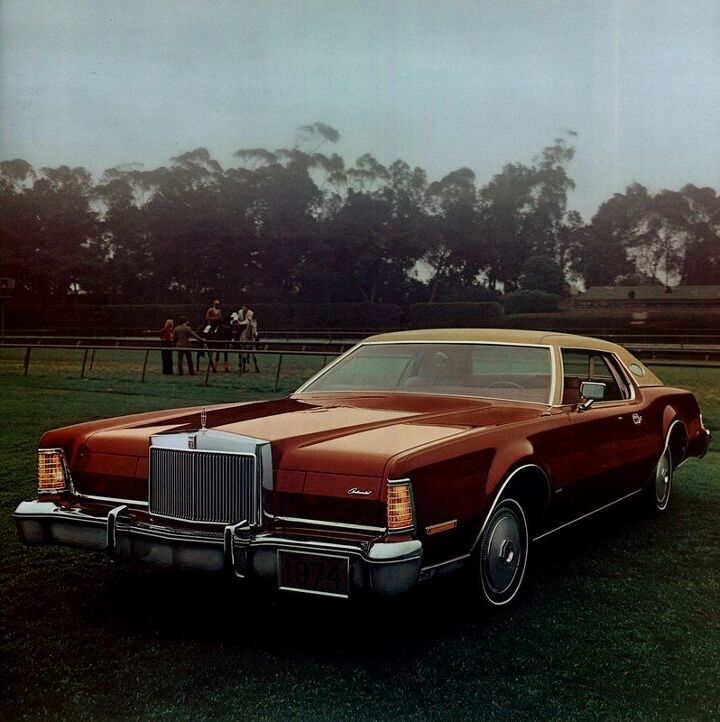
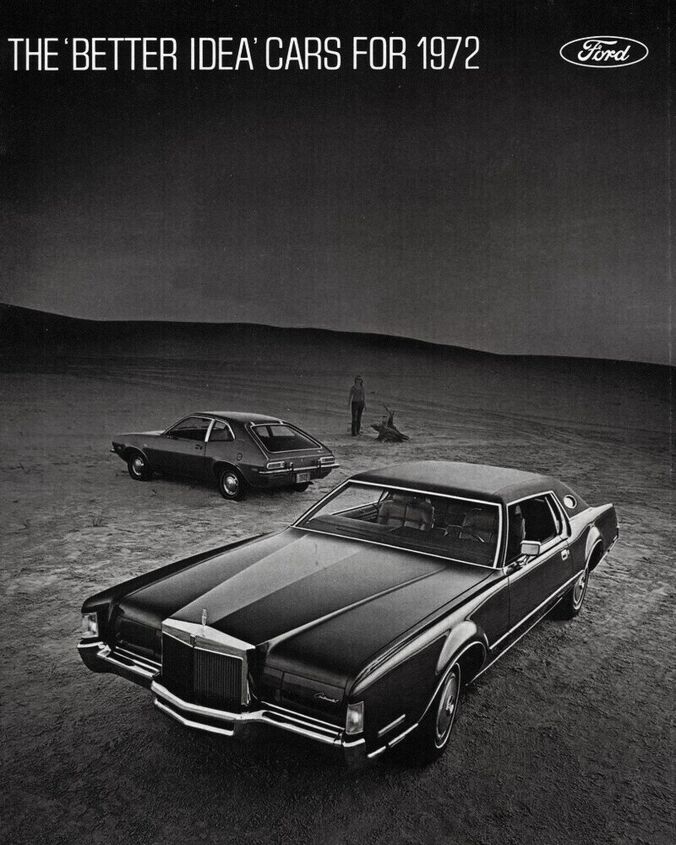

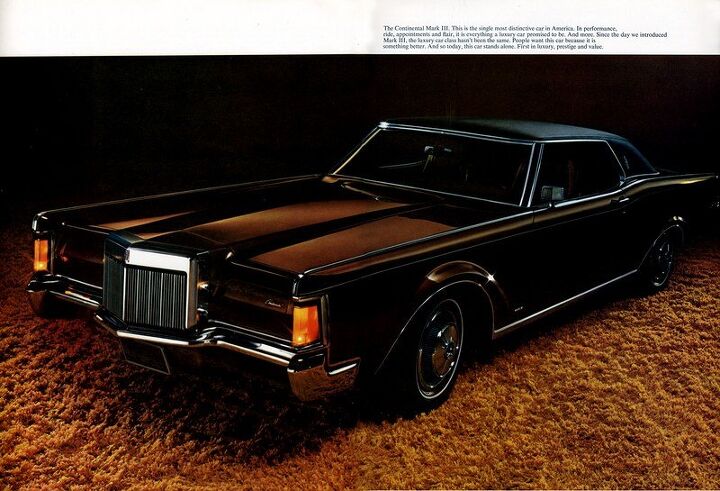
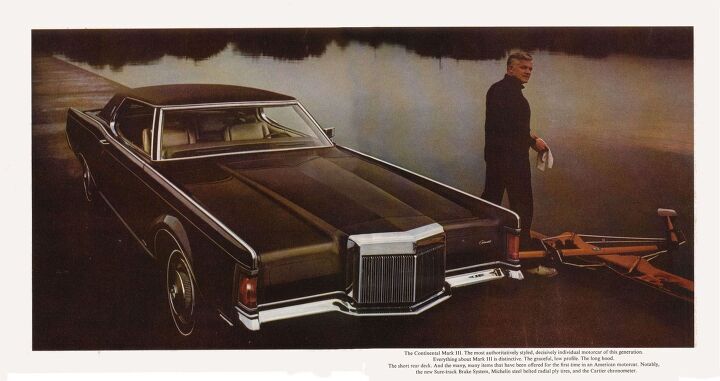

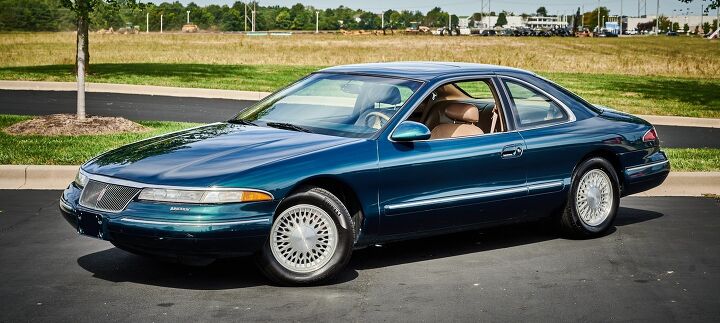
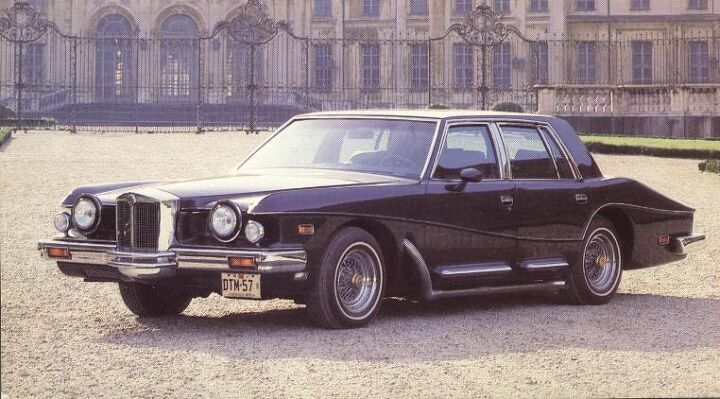
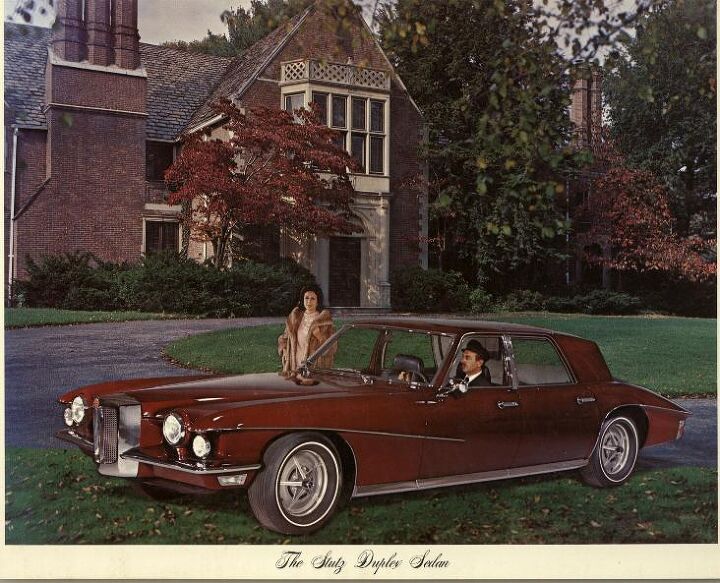

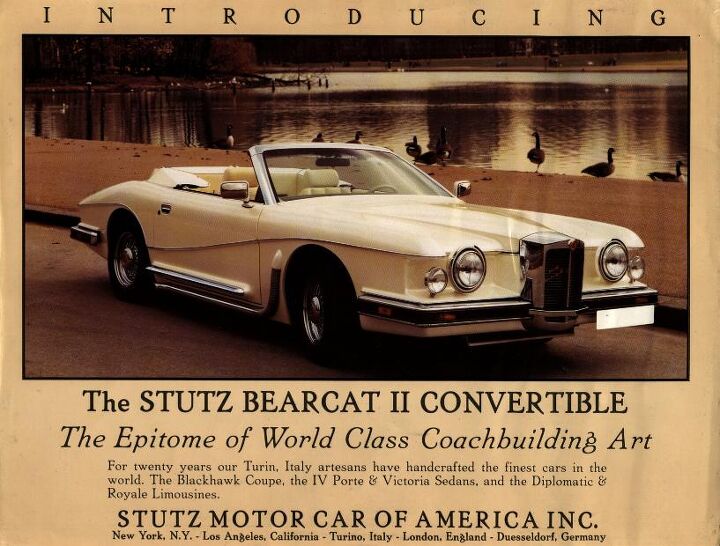
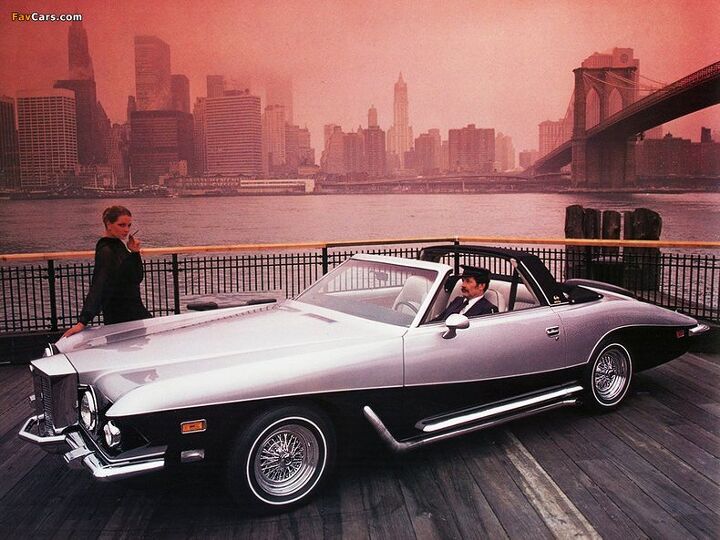
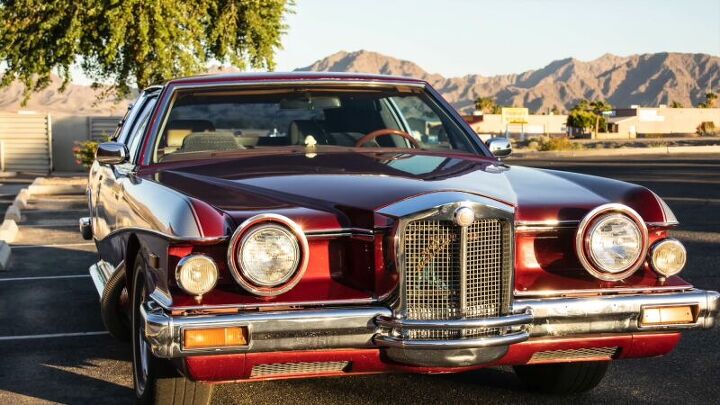
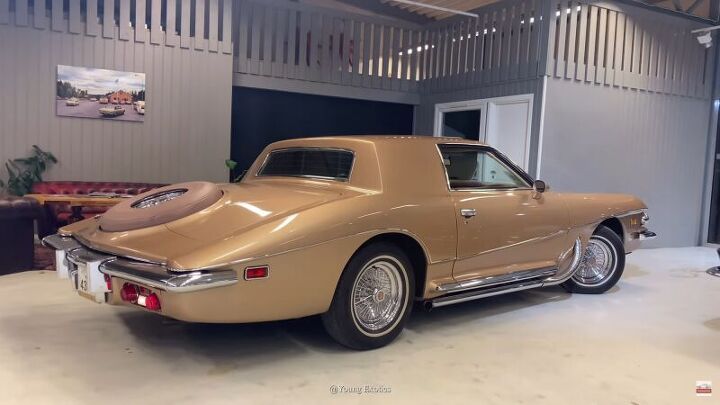
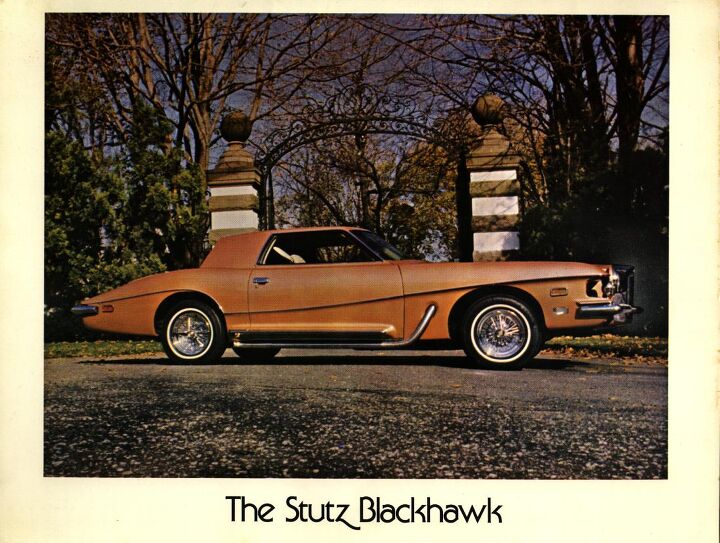












Recent Comments